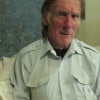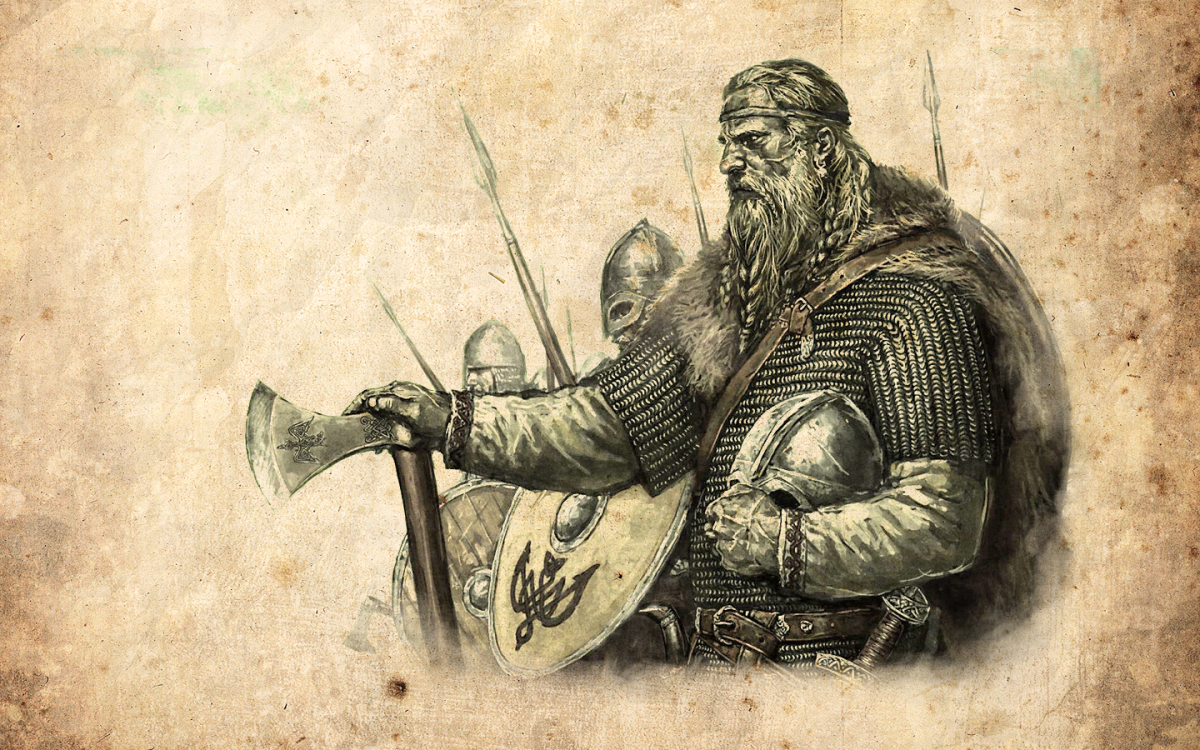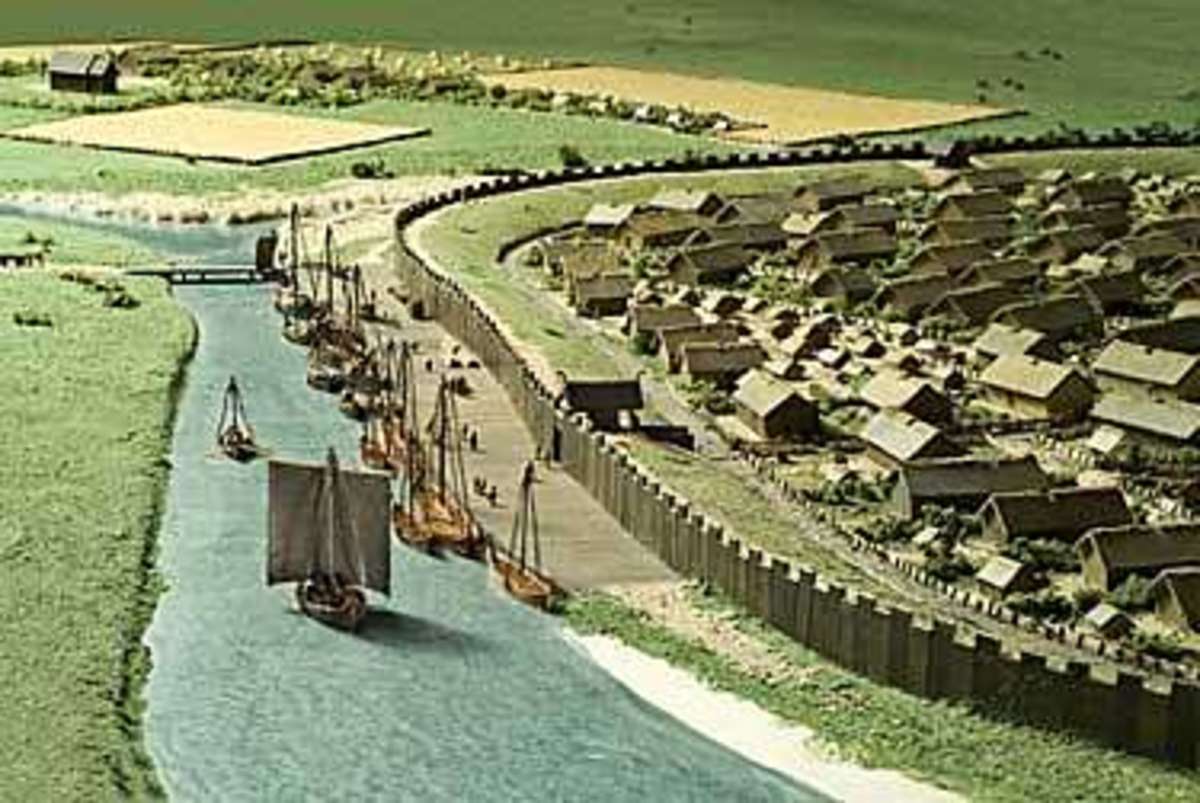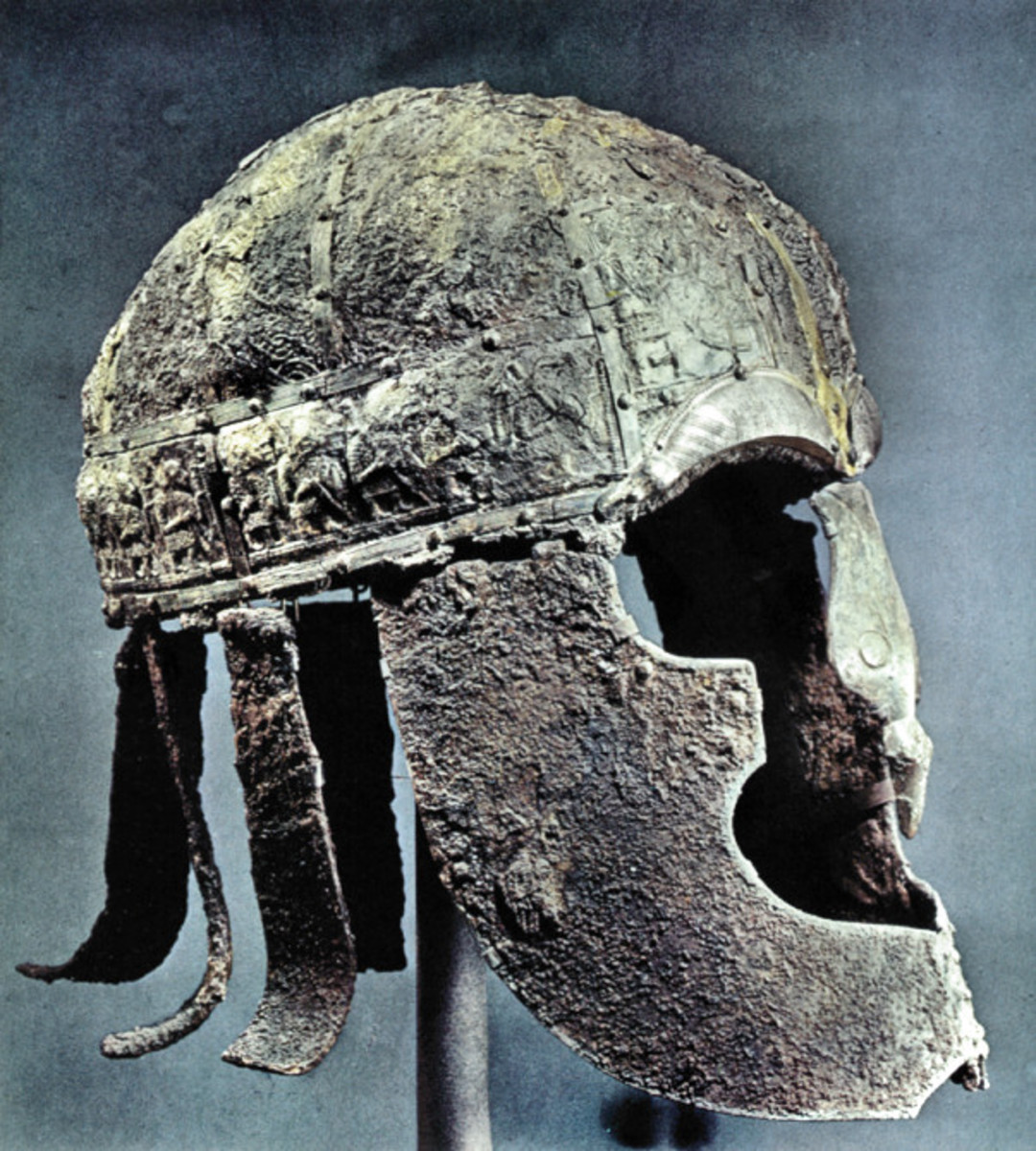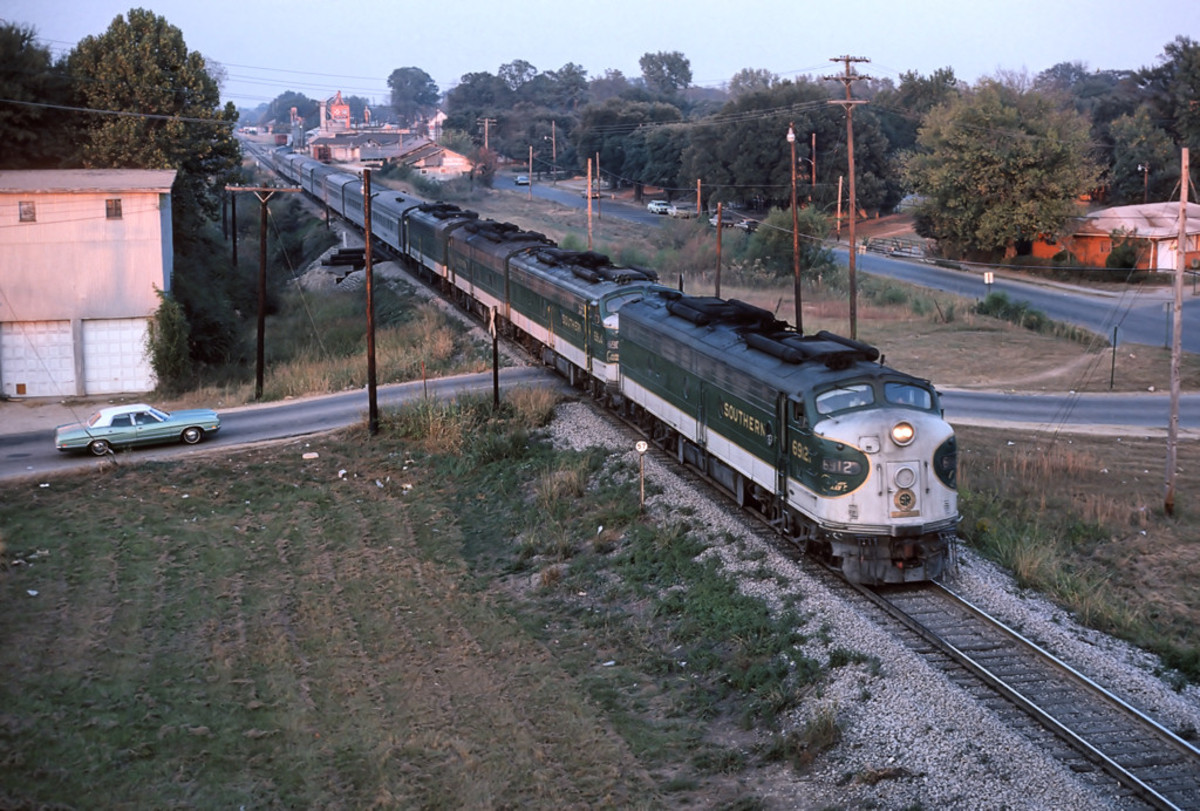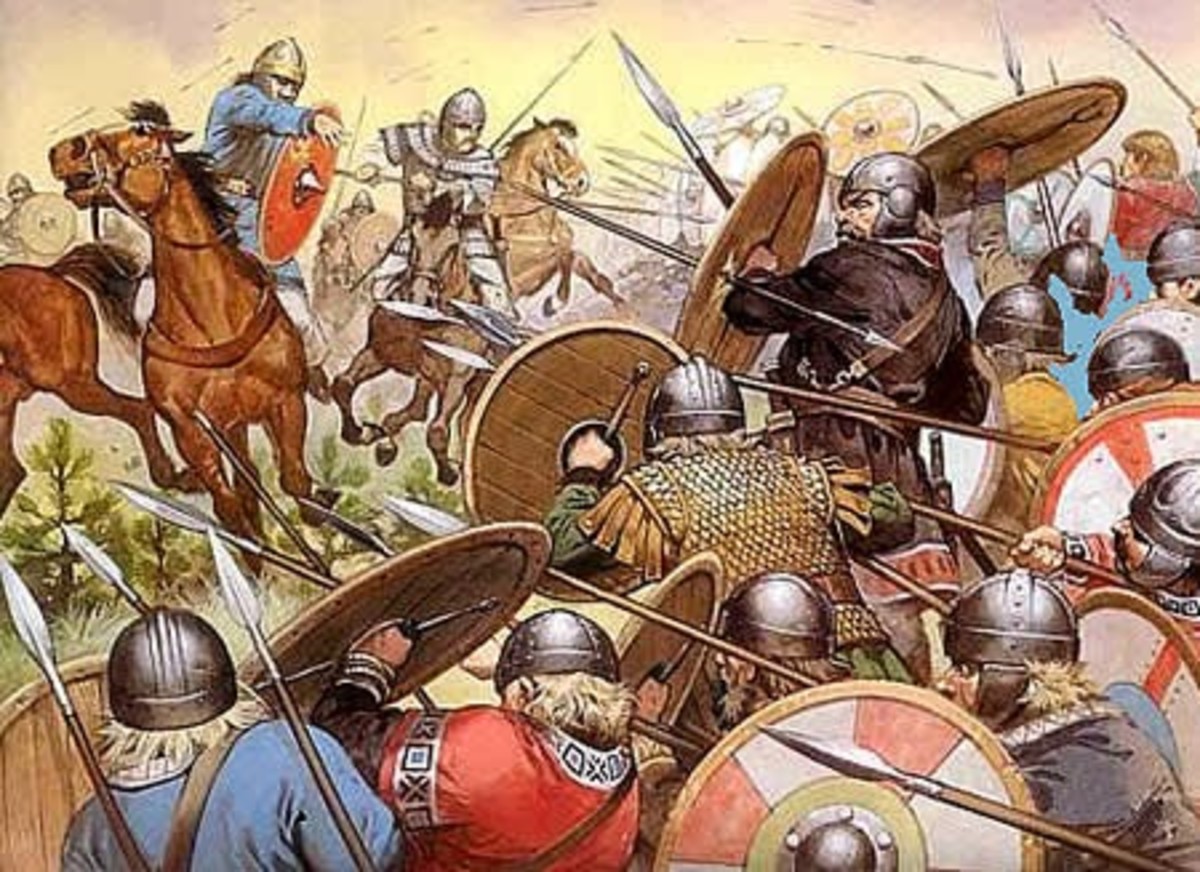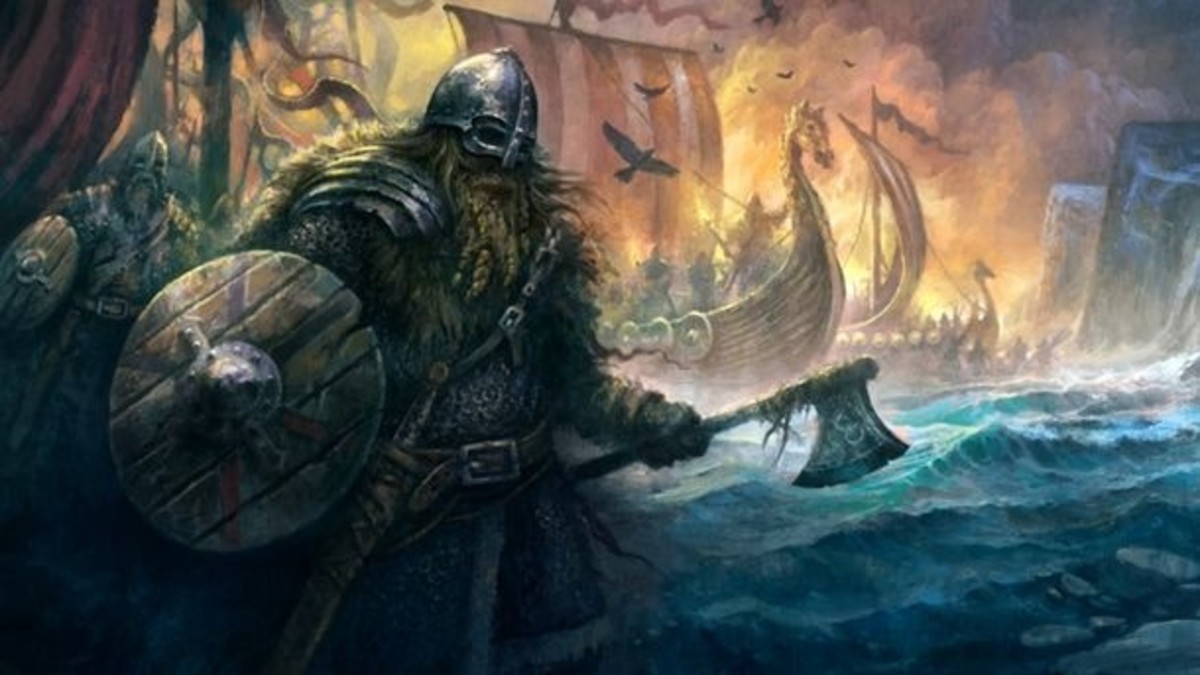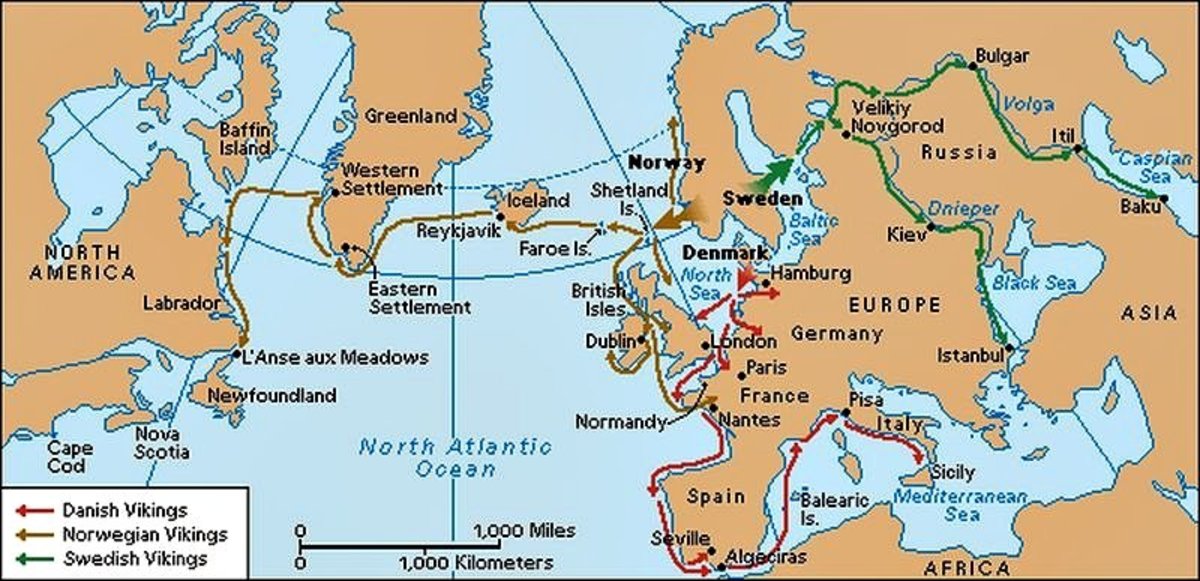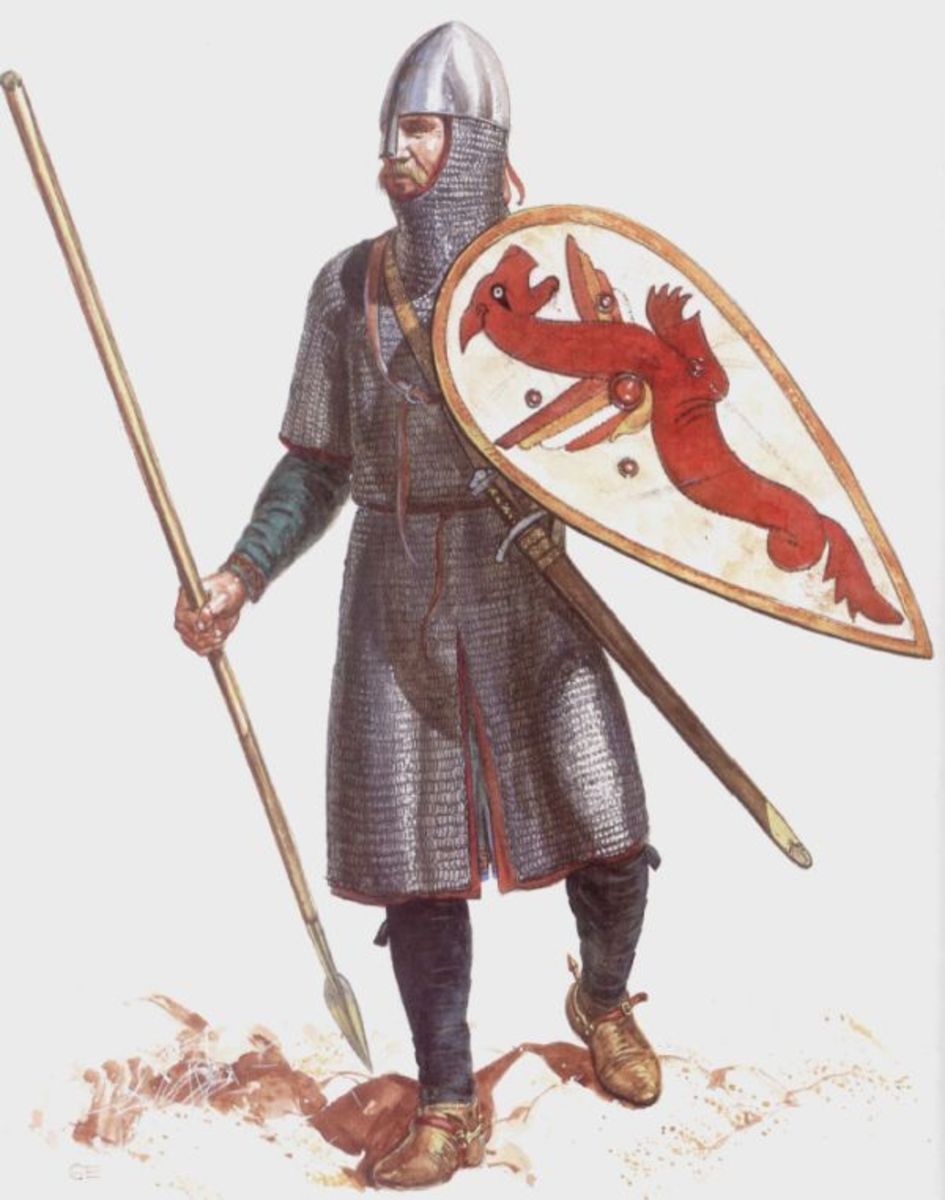- HubPages»
- Education and Science»
- History & Archaeology»
- History of Europe
Danelaw Years - 5: Knut Sveinsson, a Great Dane: No Ransacking Viking, but an Empire Builder
"AD 1016 - This year came King Cnut with a host and fleet of CLX [160] ships, and Ealdorman Eadric [Streona] with him, over the Temese into Myrca at Craecilade [Cricklade, Mercia], and from there to Waeringthic shire [Warwickshire]..."
Aethelred's folly: the St Brice's Day Massacre, 13th November, AD 1002 brought Svein 'Forkbeard' down on his head
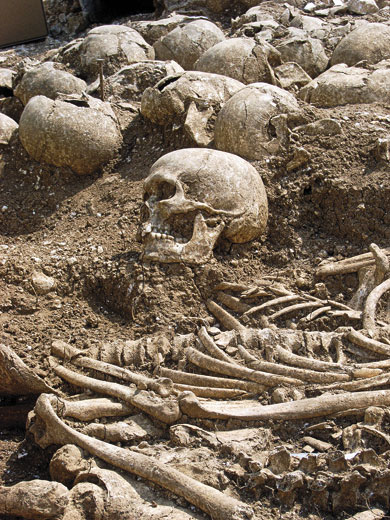
Knut's Millennium
The theme of the 2016 Jorvik Viking Festival (15th-21st February) was the sole accession of Knut to the throne of England, one thousand years ago, in November. After defeating Aethelred's son Eadmund 'Ironside' [at Ashingdon in Essex] near London, pursued Eadmund west to the Severn where the Danes fought a depleted English force and won. Eadmund offered Knut a share in reigning the kingdom but died on the Feast of St Andrew in November, 1016 of wounds sustained at Ashingdon. Knut was therefore sole ruler of England for nineteen years and of Denmark for about seventeen after his older brother Harald died in 1018.
Jorvik Viking Festival - Knut the Great
- Home│15th to 21st February 2016
Recognised as the largest event of its kind in Europe, the annual JORVIK Viking Festival is a city-wide celebration of York’s Viking heritage.
The campaign in AD 1016 that led to Knut becoming king in England before accession to the Danish throne,
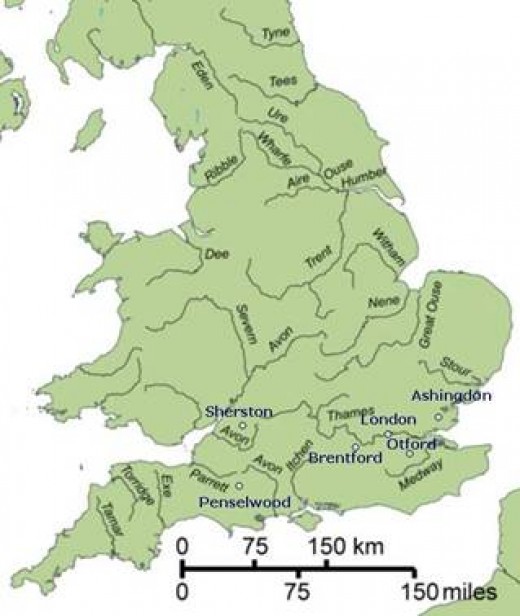
A king from across the sea
Knut was a youth of sixteen summers when he crossed the North Sea to land at Gainsborough with his father, Svein Haraldsson - 'Forkbeard' - in AD1013.
The reason they came here, despite the huge amounts of Danegeld given them by a desperate Aethelred and his Witan, was a great error of judgement on Aethelred's part. In 1002 he had agreed to the killing of Danes in the Oxford area, claiming the killings were in answer to a plot on his life.
The Saint Brice's Day massacre alienated his subjects of the Danelaw. In the same year he married Emma/Ymme of Normandy, hoping that by this her father Richard 'the Fearless' would sever relations with Svein 'Forkbeard'. Instead the marriage threatened the succession of those offspring he had with his first wife Aelfgifu.
Whilst progressing on campaign through the kingdom Knut struck up a close friendship with a woman we know as Aelfgifu in Northampton. By her he had two sons, Svein and Harold - nicknamed 'Harefoot'. Aethelred was forced to take shelter with his queen Emma in Normandy and London yielded to the Danes. Svein 'Forkbeard' died at Gainsborough the following year and the Danes acknowledged Knut as leader. However Aethelred II was brought back from exile in Normandy and Knut was obliged to return to Denmark.
With Jarl Thorkell 'the Tall' and Eirik of Hladir Knut came back to oust Aethelred but was opposed by Eadmund 'Ironside', Aethelred's eldest son through his first marriage. Fighting between Knut's forces and those loyal to Eadmund took the two leaders back and forth across the south of the kingdom. On Aethelred's death Eadmund was acclaimed king in 1016, but was beaten thoroughly by Knut at Ashingdon in October that year when Mercia's ealdorman Eadric Streona took his men to Knut's side.
Magnanimous in victory, Knut offered to share the throne with Eadmund, but within weeks the West Saxon king died of injuries sustained at Ashingdon. Thus Knut became sole ruler. In 1018 he married Aethelred's widow Emma without repudiating Aelfgifu of Northampton, his wife of a 'Danish marriage' (common law).
Knut did not make himself popular with high taxation to pay off his army, but he was known to be a just and God-fearing ruler. He rewarded his leading supporters - Thorkell and Eirik - with earldoms, an institution introduced in the Danish style based on the regions ruled by the jarls in the Danish regions. Many of his huscarls, household guards were also given land to support themselves. Yet there was no great influx of Danes with his rule.
When Knut's older brother Harald II (Sveinsson) died Knut returned to Denmark to be acclaimed king the year after. In 1028 he brought about the downfall of Olaf Haraldsson - no relation - thus adding Norway to his kingships. With this he was effectively lord over the Atlantic holdings Iceland, Faeroes, Shetland, Orkney and Lewis as well as those on the Scottish mainland - Caithness and Sutherland - Man and the Irish strongholds as well as the Norse colony on the Pembrokeshire peninsula at Milford Haven. By 1030 Knut was acknowledged overlord of Sweden and is thought to have had control of the Jomsviking stronghold of Jumne (Wolin) on the southern Baltic coast.
His wide Scandinavian contacts brought new trade to England, his preferred power-base and he ruled Denmark through his jarls. In Norway his son Svein was set up as regent. So great was his influence in northern Europe already by 1027, however, that he was asked to Rome to attend the coronation of Conrad II as Holy Roman Emperor.
There is a myth about Knut and the 'control of the tide' which went about after his death and came down to us. The Witan - the king's council of nobles and churchmen - told Knut that as king he ruled by divine providence and could control even nature. To prove their folly he had his high seat taken down to the River Thames at Thorney (near the present Westminster) and sat on it waiting for the turn of the tide. When the water lapped at his feet he jumped up and told the members of the Witan (brave enough to back their words with their presence) that they should raise matters more worthy of his attention at the next Witan gathering. They may have said to him to shout at the water to go back, but who can tell after all this time?
On his death Harold 'Harefoot' was made regent for his half-brother Harthaknut, who was unable to leave Denmark because of trouble with his neighbours Norway and Sweden. Having ousted Knut's son Svein Alfivason, Norway reassumed control of its own affairs and its former outposts.
Knut reigned from November AD 1016 in England, and from 1018 in Denmark after his brother Harald's death
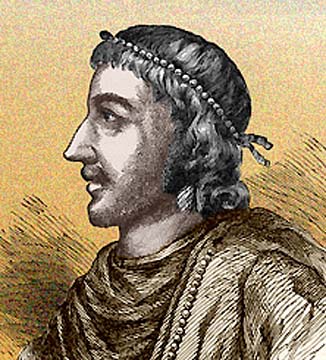
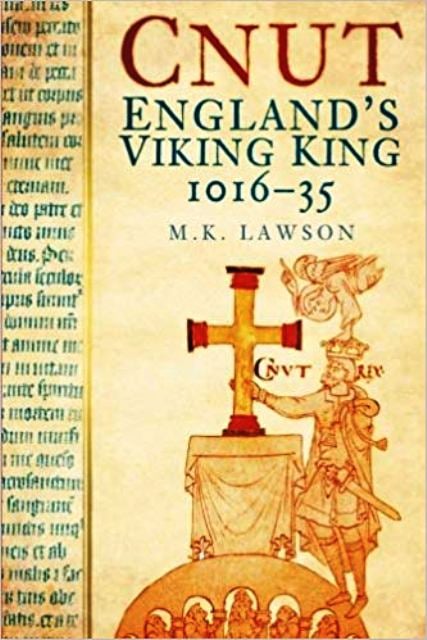
Son of Svein Haraldsson, 'Fork-beard', grandson of Harald Gormsson, 'Blue-tooth', Knut/Cnut was an empire builder and leading statesman in north-western Europe. He was also an elector of the Holy Roman Emperor and attended the coronation in Rome of Conrad II in 1027. Those who crossed him learned of his reach, although he could as easily be forgiving as he was with Jarl Ulf who had sided with Knut's enemy King Onund Jakob at the Battle of Holy River in Skaane (now S.W. Sweden) in AD 1025. Godwin Wulfnothson, ealdorman on the south coast whose father had fallen out with Aethelred, was honoured for his part on Knut's side - despite the battle being lost to Ulf and the Swedes - and given a bride, one of Knut's sisters, and the newly created earldom of Wessex ('earl' based on the Norse 'jarl' replaced the English 'ealdorman' title). See also 'The Godwins'
The empire of Knut 'the Great'
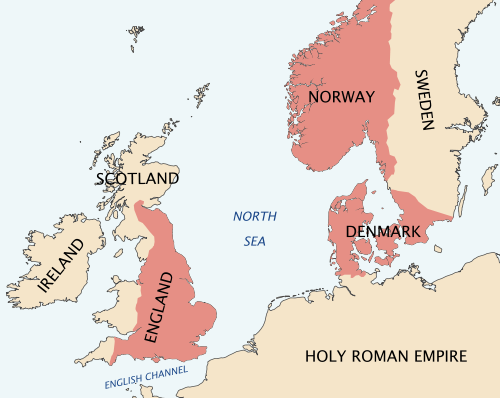
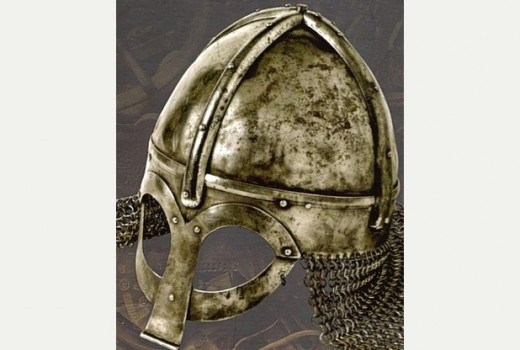
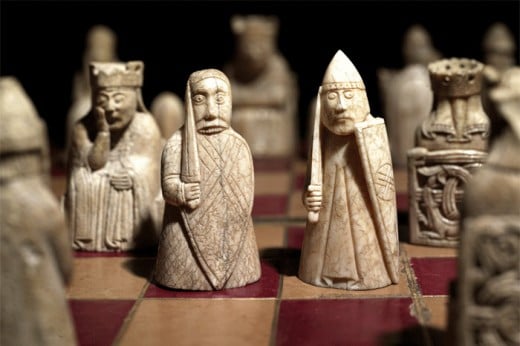
Knut's reign lasted from 1016 to 1035
His two sons by common law wife Aelfgifu of Northampton were Harold and Svein. Harold would be regent in England whilst his father was in Denmark or elsewhere, seen as a leading statesman by his Continental peers.
Knut died in England and was interred in the old Winchester Cathedral, joined later by his queen Ymme (or more familiarly Emma, previously queen to Aethelred 'Unraed' and daughter of William 'the Fearless', Duke of Normandy). Son Harthaknut died in 1042 after choking at a wedding feast given by friend Osgod 'Clapa'. His death led to Aethelred's son Eadward's reigning in his own right, having very briefly shared the throne with Harthaknut.
With his popularity and power base in the North of England, Harold 'Harefoot' took the throne for a short time as Harold I before Harthaknut was able to claim the throne for himself in 1040, being engaged in a long-drawn-out war with Magnus of Norway until a treaty in 1040 allowed him to come here. When Harold died shortly before Harthaknut landed, his corpse was dug up and thrown in the Thames by Harthaknut's supporters. A Danish fisherman pulled his corpse from the river (Danes married to Englishwomen were allowed to live in London) and took it to the church of Saint Clement to be re-interred. That church burnt down in 1666 and was replaced by Wren's 'wedding cake' design - see it on the Strand near Waterloo Bridge. The church was 'adopted' by the Royal Airforce (RAF), and a twice lifesize statue of Sir Arthur 'Bomber' Harris stands in front of the church.
Svein Knutsson was made regent of Norway after the death of (Saint) Olaf Haraldsson, and was himself bloodily deposed after his father's death by Magnus Olafsson.
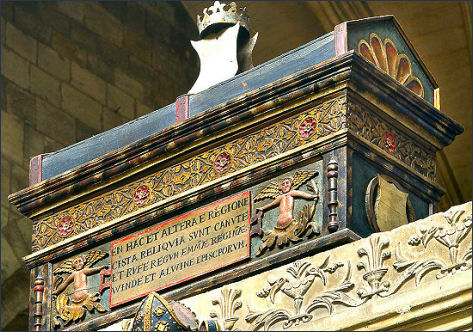
© 2011 Alan R Lancaster
